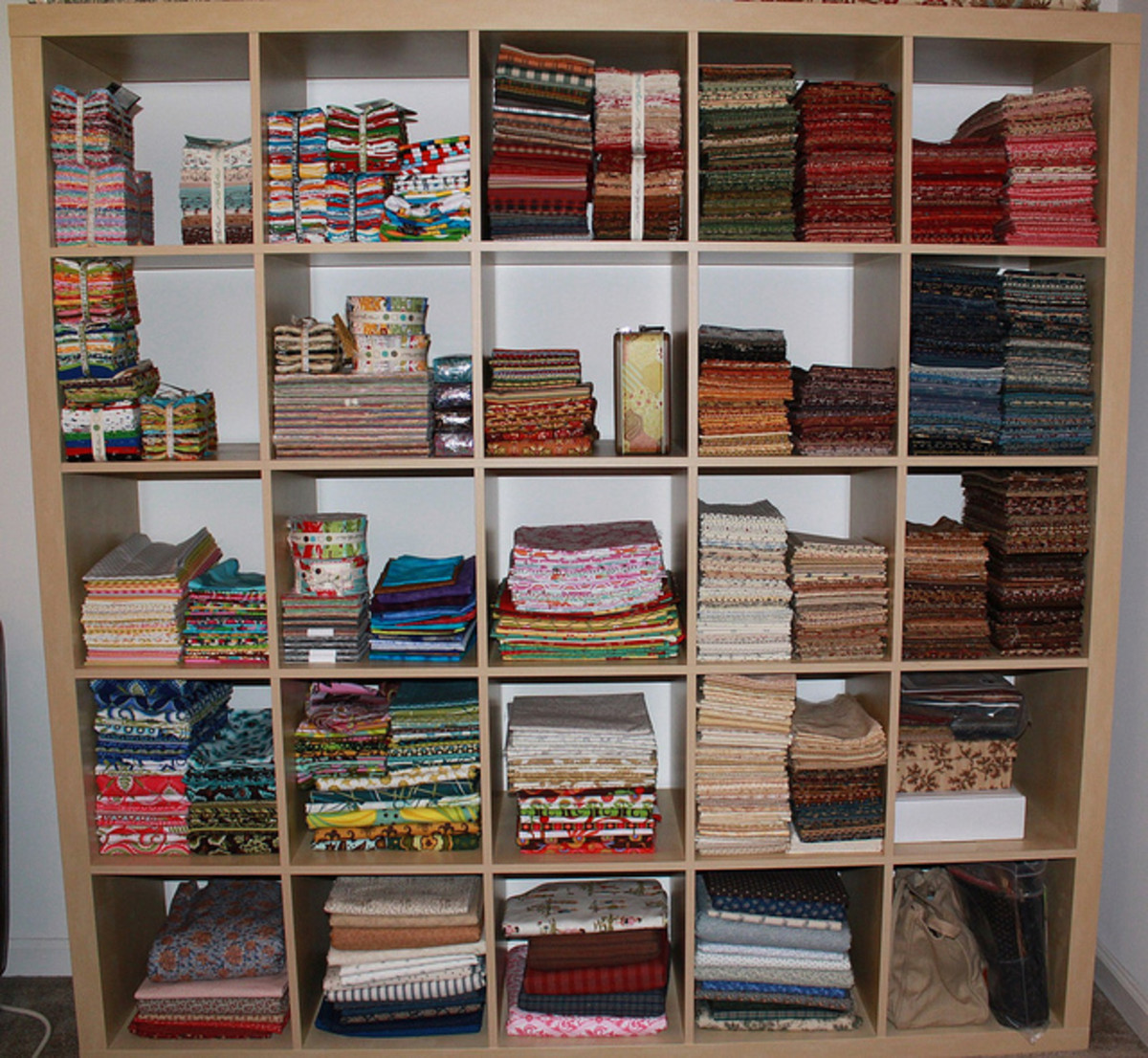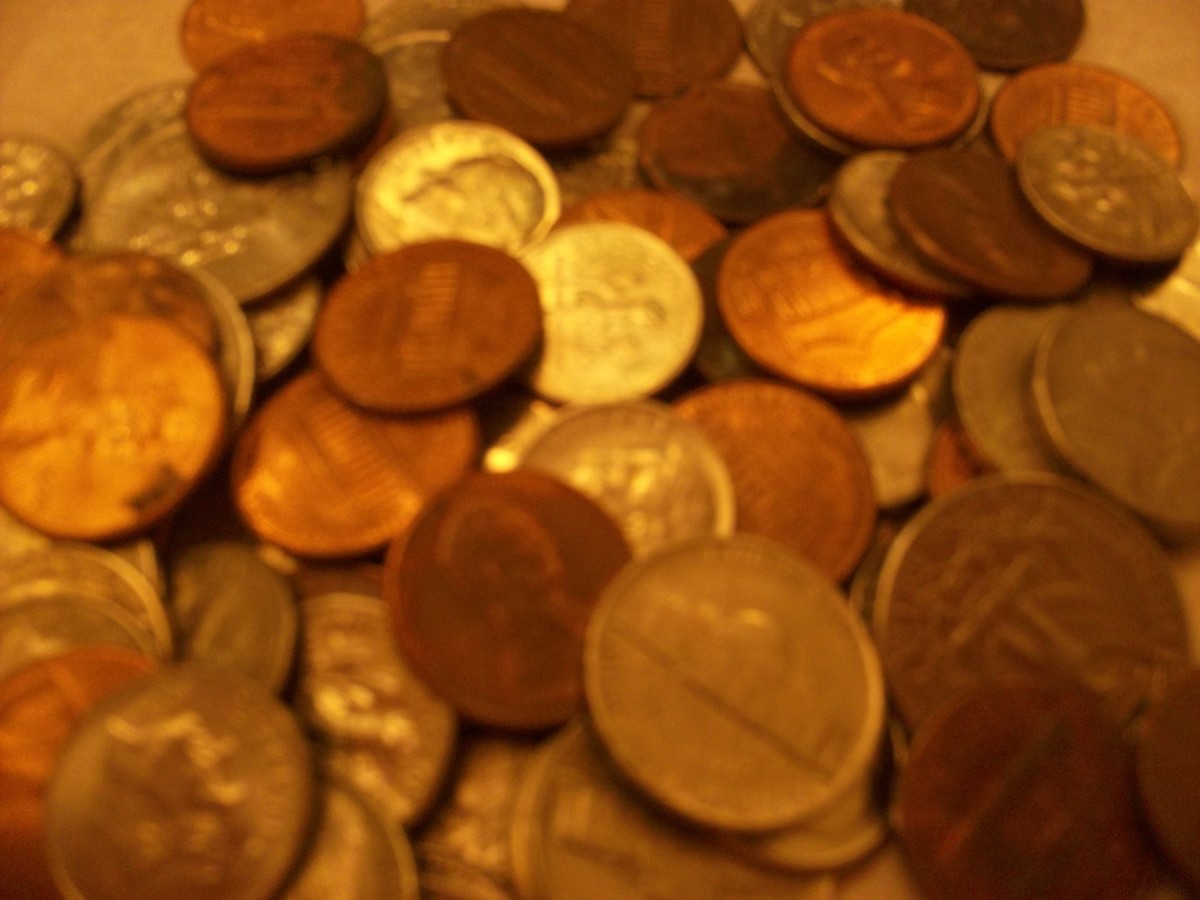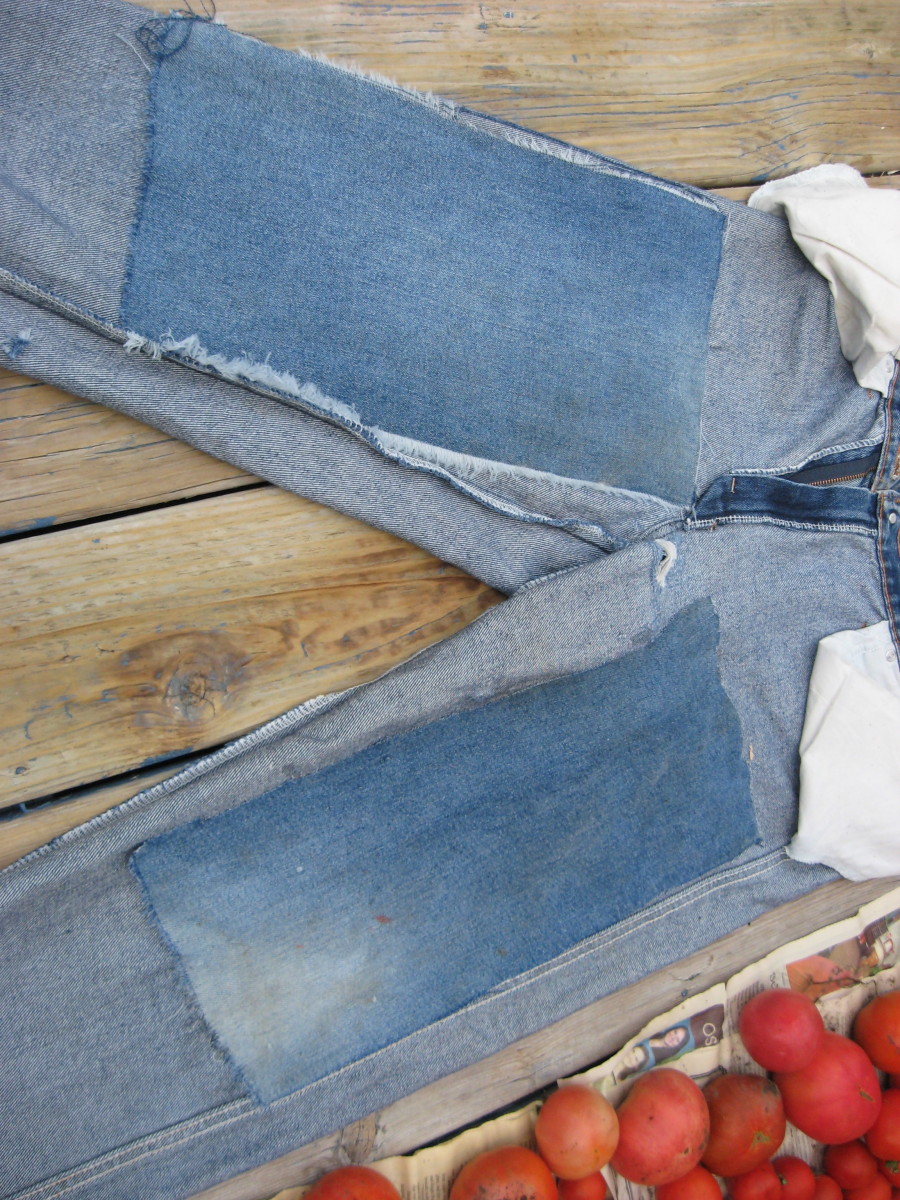There's Frugal and Then There's Cheap--The Frugal Living Mindset

Somewhere in the course of my life, I came across a description of a young person whose life and habits had been heavily influenced by his parents’ and grandparents’ experiences during the Great Depression—that young person had been “sprinkled with Depression dust”. I could relate—my grandparents had struggled through the Depression on the edge of the Dust Bowl, and my father had been born into hard times. Even after those times had passed and life had become more comfortable, they all retained a mindset that was passed down to my brothers and me—a mindset of frugal, but sensible living.
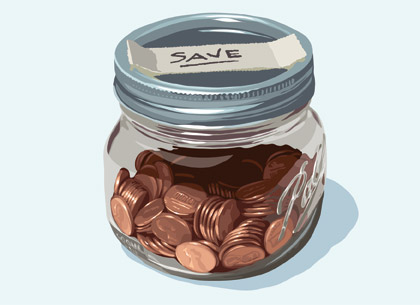
As my grandfather would say, “There’s frugal, and then there’s cheap.” Cheap meant paying the least amount possible for an item without weighing the cost of time and money spent repairing, refurbishing, and often replacing the item. Cheap meant repeatedly choosing inferior products for their low cost, then griping about the frustration of dingy clothes, faulty appliances, and unhealthy food. Cheap meant disregarding the waste from products and packaging, and not bothering to reduce, reuse, and recycle as much as possible. Cheap, in other words, meant not thinking and planning ahead.
Frugality, on the other hand, represented responsible stewardship of all resources involved—not just the financial ones. It involved careful consideration of the time, effort, and long-term ramifications of a purchase or an action, and sometimes meant spending more for a product or service that would last longer and cost less over time. Frugality meant maintaining belongings and property to keep everything in tip-top shape, rather than neglecting something until it broke or fell apart, necessitating major repairs or expensive replacement. And frugality in my family meant considering not just our personal needs, but those of the community and the world at large, by efficient and limited use of resources.
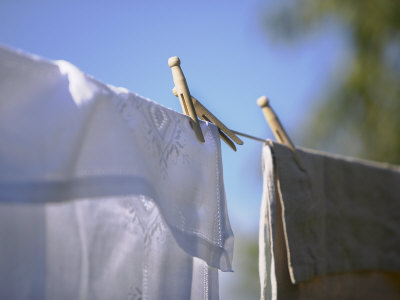
One of my father’s earliest memories is of his mother standing at the kitchen counter, carefully cutting open an “empty” sugar sack in order to extract every last precious grain of sugar to place in the canister. My own childhood memories involve my grandparents rinsing empty cans for recycling, loading cases of empty Coke bottles into the truck to return to the bottling plant, and showing me how to fuse the last sliver of soap onto a fresh new bar. My grandfather supplied our beef from his dairy herd, and grew a lot of our vegetables in his huge backyard garden. My maternal grandmother taught me how to keep an “empty” shampoo or conditioner bottle turned upside down in order to get up to an extra week’s worth of product out, and explained to me that spending the money for a professional blow dryer would actually cost less than frequently replacing inexpensive dryers from the local drugstore. “Use it up or wear it out” was the philosophy that embedded itself into my little brain.
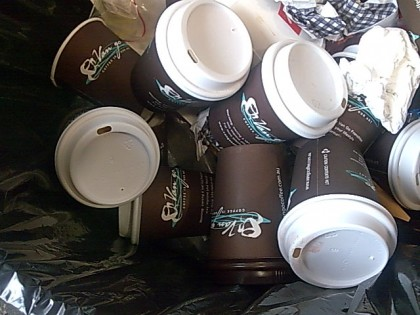
Of course, moving away from my grandparents and into a culture of easy convenience dulled the message as I grew up. I can remember feeling rather extravagant as I tossed a nearly empty shampoo bottle into the trash, along with bits of soap and recyclable items that may still be languishing in a landfill somewhere. And what new parent has the time, energy, or brain cells to practice frugal habits with a newborn demanding 24/7 attention? Just keeping everyone fed, dressed, and on schedule took every ounce of energy I possessed—forget about practicing frugality or setting good examples for my children. For what it’s worth, though, I did have a significant amount of guilt every time I passed up an opportunity to be frugal instead of falling back into a more convenient, but ultimately wasteful way of life.
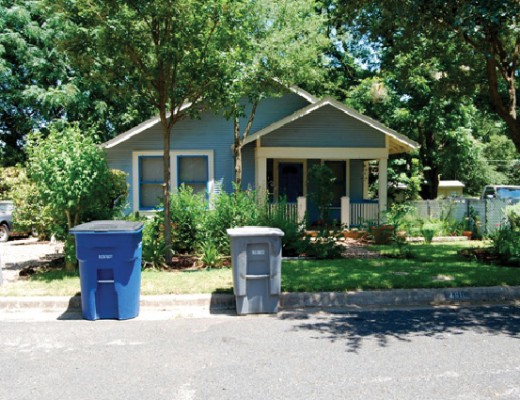
Fortunately, my community is very eco-conscious, and as my children have gotten older, we’ve started looking at ways to practice frugality as a family. We have what is known as “Single Stream” recycling—everything recyclable goes into a huge blue rolling dumpster that is emptied every other week by the city. Virtually all plastics 1-7 are recyclable, as well as clean boxboard, office paper, newspaper and magazines, most types of glass, and a variety of metal objects—it’s actually easier to recycle than not to. Learning what can be recycled has been an education for all of us, and we’ve challenged ourselves to put more into our recycling bin than into our garbage dumpster. As a result, we’ve been able to downsize our garbage dumpster, thus reducing our utility bill.
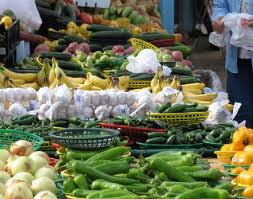
Rather than try to change our ways all at once, we’re choosing one or two habits to break at a time. Once we’ve made the switch, we move on to the next improvement on our list. We are in the process right now of switching from paper towels to cloth cleaning rags, but this has been a hard habit to break. I have been experimenting with making my own cleaning solutions with vinegar, water, lemon juice, and baking soda—so far the laundry detergent is my favorite—and we’re not only saving money, we’re using less plastic and fewer chemical additives as well. We’re also learning to read the signs in the produce department of our local groceries, and try to buy local or regional produce—it’s usually cheaper and requires fewer resources to bring to our stores. I suspect that the weekend farmers’ markets in our area will be among our next shopping stops, too.
I suppose the best description of our efforts would be mindfulness. It takes a certain amount of discipline to make these changes, but leaving reminders around of what we’re currently working on makes a huge difference in creating new habits. (Another tip—we leave notes on mirrors, bathroom tile, and the refrigerator with dry-erase markers. A great way to save paper!) Our goal is to live healthier, more economical, and more socially and environmentally conscious lives, and we’re working on it one step at a time. I think my grandparents would be proud.





